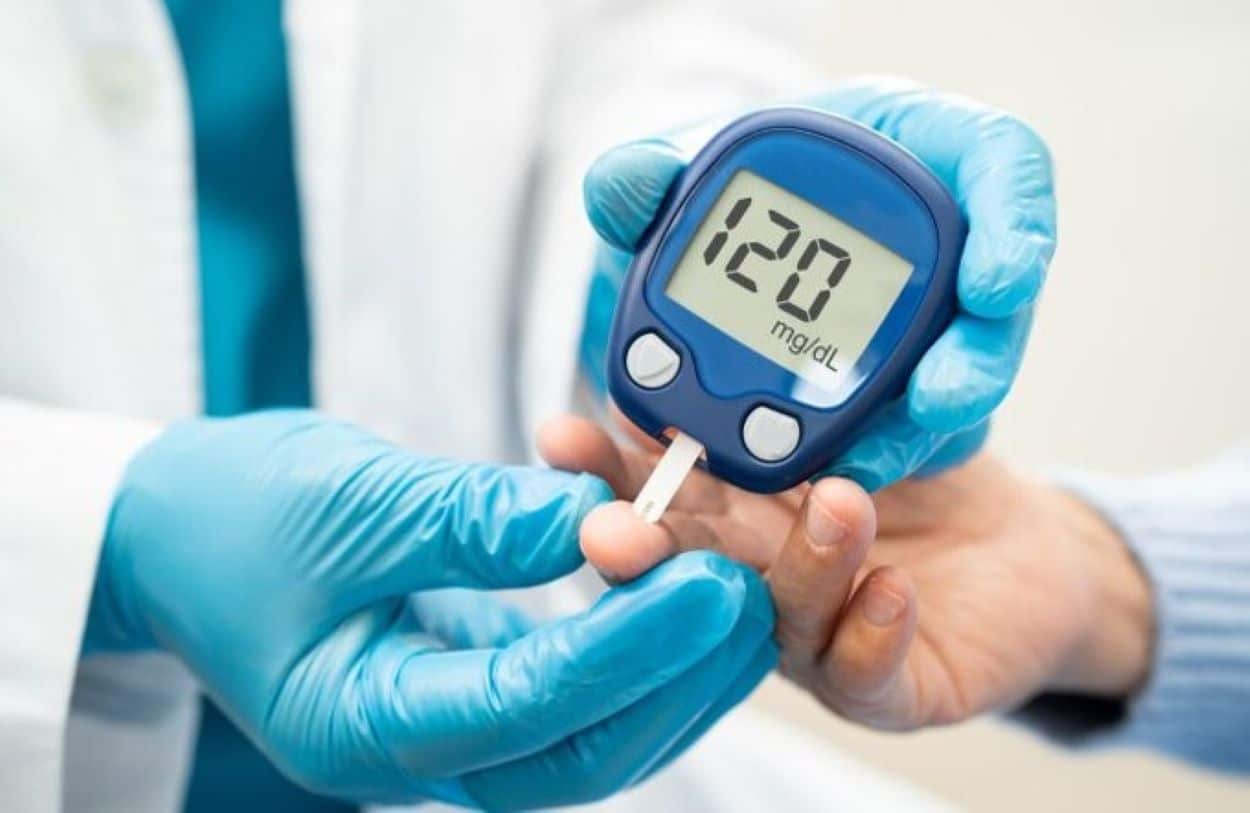Over 800 million adults worldwide suffer from diabetes, nearly double previous estimates, with more than half of those over 30 not receiving treatment, a recent study reveals.
In 2022, about 828 million individuals aged 18 and older were living with type 1 and type 2 diabetes, according to research published in The Lancet. The study indicates that 445 million adults over 30, or 59%, were untreated.
The World Health Organization (WHO) had previously estimated the global diabetic population at approximately 422 million. Diabetes is a chronic metabolic condition that can lead to severe damage to the heart, blood vessels, nerves, and other organs if not managed.
The prevalence of diabetes has doubled globally from about 7% in 1990 to 14% in 2022, particularly in low- and middle-income countries. However, treatment rates in these regions have scarcely improved, contributing to a growing treatment gap compared to higher-income areas.
Jean Claude Mbanya, a professor at the University of Yaounde I in Cameroon, noted that in parts of sub-Saharan Africa, only 5%-10% of those diagnosed with diabetes receive treatment, emphasizing the high costs associated with managing the disease.
“This situation puts a huge number at risk of serious health complications,” Mbanya stated.
The study, conducted by the NCD Risk Factor Collaboration and the WHO, represents the first global analysis to offer rates and treatment data for all countries. It utilized over 1,000 studies involving more than 140 million individuals.
Diabetes diagnosis was based on high fasting plasma glucose levels, high glycated haemoglobin, or medication use, with both tests applied to prevent underestimating diabetes prevalence, especially in South Asia.
While the study did not distinguish between type 1 and type 2 diabetes, evidence suggests that most adult cases are type 2, often associated with obesity and poor dietary habits.






